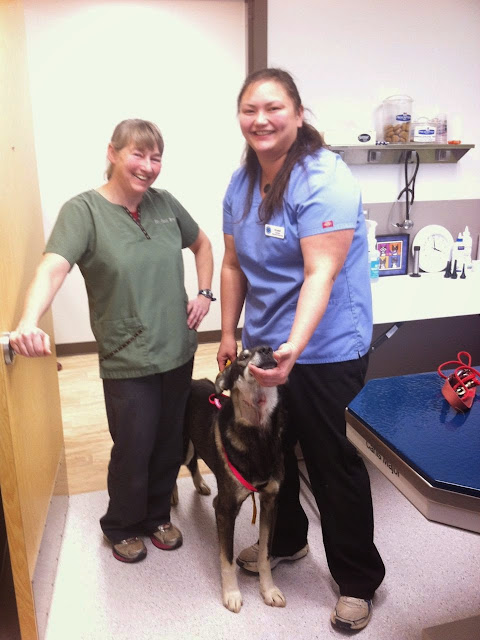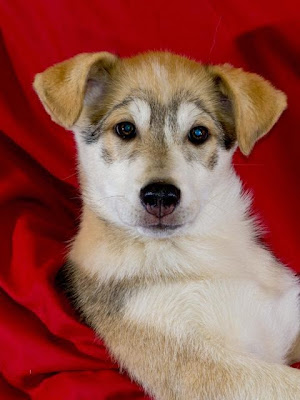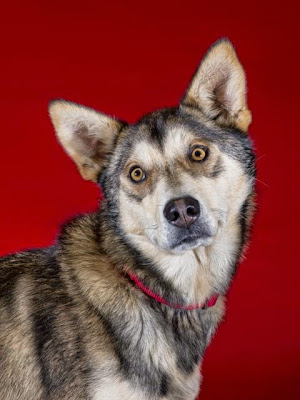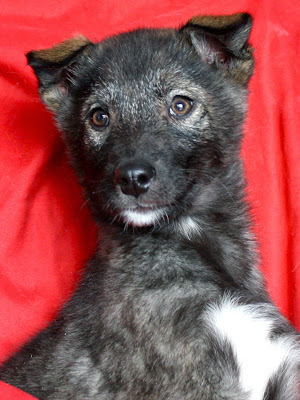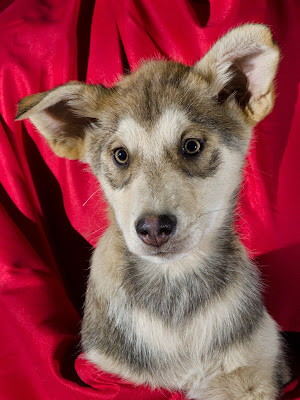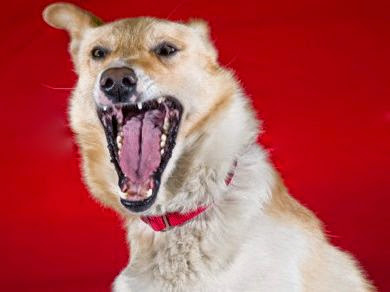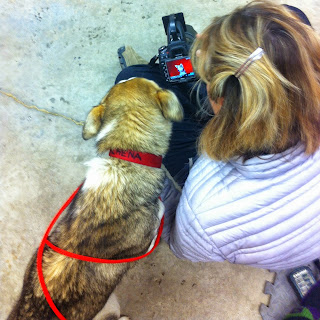As we are in the thick of fall training right now, and as a follow up to Aliy’s post last week, here is a post from “Kennel Mom” Mickey on October 10, 2007, explaining more about early season training.
_____________
The sleet is falling and the dogs are howling. For us, this equates to Fall Training. This is a “lump sum” term for the seasonal start of training our sled dogs. Fall Training should be clarified.
In human terms, Fall Training would liken to the chores, work and mental concentration that begin again after a long relaxing vacation. Perhaps you were on a month-long Mediterranean cruise. While cruising you notice your waistline expanding and that Workout Room doesn’t out rank the 24-hour “Dessert Bar”. You are probably packing a few extra pounds. You are also mentally out of the loop as far as your job, your home, your bills, and your social obligations. It definitely takes a few days to get back into the grind.
Well, let’s consider that our dogs took an extended vacation. Not only are we trying to get one canine back into the program. We are working with the minds and bodies of every dog in the dog yard!
The adult racers, those between the age of 2 and 9, are the core of the yard. They are excited to get back into the harnesses, but they also know what is expected from them. They have all had at least one season of training and some of them have had many additional years. Even the first day of Fall Training, we can generally hook up rather large dog team to an ATV 4 wheeler and start to put on miles.
We start with distances that everyone would scoff at later in the season. We might run 3 to 5 miles until everyone looks like they have their wind and stamina. Our speed is kept down to 8 to 10 mph. We do this by gearing the ATV in a lower gear so that the dogs are actually pulling against the engine. If we were to use the brakes all of the time we’d have none left by October! Slowly we increase distances, speeds and the dogs improve their endurance. We then begin to incorporate speed intervals and hill training in our work outs. Of course, just like human beings, dogs require rest days to recuperate their muscles, so we have to manage the training calendar precisely. No dog will get any more then 2 days off through out the season.
Manners and obedience are of great importance during Fall Training. The behavior that is deemed acceptable this time of year will be expected through out the season. Manners include a lot of things, for instance: allowing us to harness them (did I mention that they are quite excited?). I have to admit that I have received a black eye or big lip from an overly exuberant dog. I TRY not to get irritated if this happens, for I know that they are quite energized. But, it becomes obvious at this time that we must teach them exactly what acceptable behavior is.

Manners also include “lining out”. (Right: Heidi “lining out” at a race start) The harness system that we have been using for several years does not use a neck line from the dog’s collar to the mainline. The dog is only attached to the mainline with one tug line to his/her harness. Therefore, a dog can face any direction they want and thus pull in any direction as well. This could result in complete chaos if the dogs weren’t actually taught the obedience of “lining out” in the correct direction.
Manners also include a dog’s behavior toward other dogs. Our dogs generally get along. In the yard, the dogs live at houses that are quite close together. They can touch one other and play a lot with their neighbors – commonly siblings (left: Spot and Biscuit spend an afternoon playing)
But, while hooking up a team, arguments can happen. In all honesty, our dogs are not generally “fighters” but squabbles occur once in a while. There is usually a simple reason behind a quarrel and it can often be rectified by monitoring partners. Some dogs are relatively patient as they wait to go. These dogs are generally conscientious and thoughtful. But, other dogs are CRAZY and they appear out of their minds at times as they shriek and wail – simply excited to go! These high energy athletes jump up and down and all over. They might even jump on top of their running partner because they can not contain their enthusiasm. You can see how one dog might annoy another.
Obedience is expected during and after a training run. After the run, the dogs come into the yard and stay lined out. We then go around to all of their dog houses and place a treat or dog food in their food dish on the roof. We walk to the front of the dog team and, starting with the leaders, we let every dog run back to their respective houses. This helps us to monitor their post run condition. Many of the dogs have lived at the same house for years, so it doesn’t seem that far fetched to expect a dog to know where he/she lives. I believe that the more you expect from a dog, the more it will rise to the occasion and try to please you. Of course, dogs will be dogs and Tony will stop at Butterscotch’s house and eat his treat prior to returning to his own house for a treat. Or Teddy insists on running over to play with the retired dogs prior to returning to her house. But, all in all, if you account for the individuals in the yard, most of the dogs will head home.
Our major goals in Fall Training are to begin our training season with a positive, fun outlook and establish acceptable behavior patterns. This way, ALL of us will enjoy mushing.

